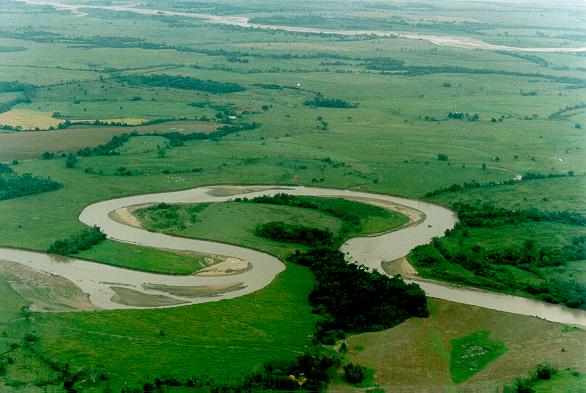|
Not many people are aware that the renowned physicist Albert Einstein wrote an early
piece on the cause of meandering.1 Likewise, not many people know that his son,
the famed UC Berkeley Professor Hans A. Einstein, who developed the Einstein bed-load function
for sediment transport,2 did not begin his career in hydraulics,
but rather, turned to it after several years as a structural engineer. We can surmise that the elder Einstein had a keen interest in
meandering and encouraged his son to pursue a career in river hydraulics. History tells us that toward the middle of the 20th century,
Hans made his mark as one of the greatest contributors to the nascent
field of
sedimentation engineering.
Einstein's discussion on the cause of meanders is casual, but characteristically insightful.
His attribution of secondary currents to the Coriolis force [produced by the Earth's rotation]
may have been among the first. His
explanation of how meanders form due to a balance between inertial and frictional forces in a direction perpendicular to the
motion is masterful.
To this date, we are still not 100% sure of the process, but one thing is certain:
Einstein's thoughts have helped us come closer to unraveling the mysteries
of river meandering.
| ||
|
